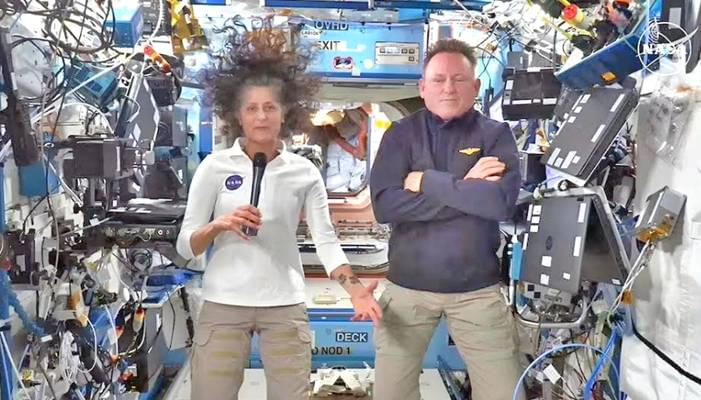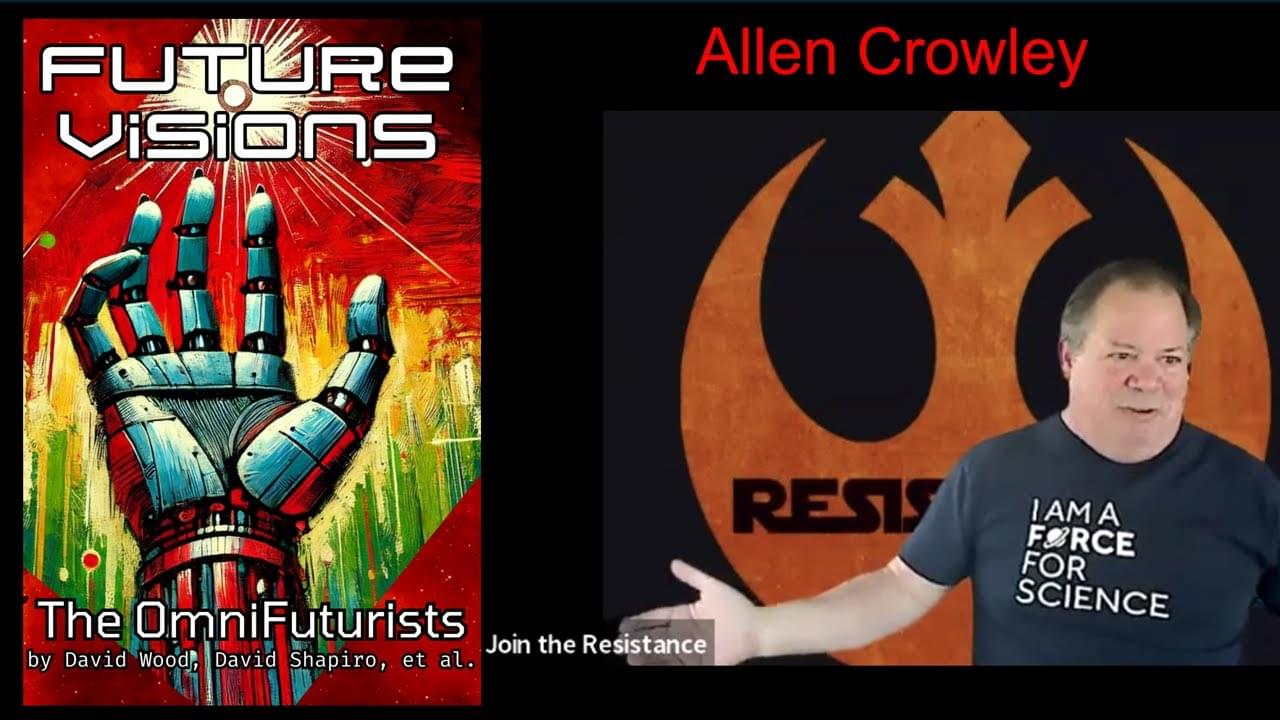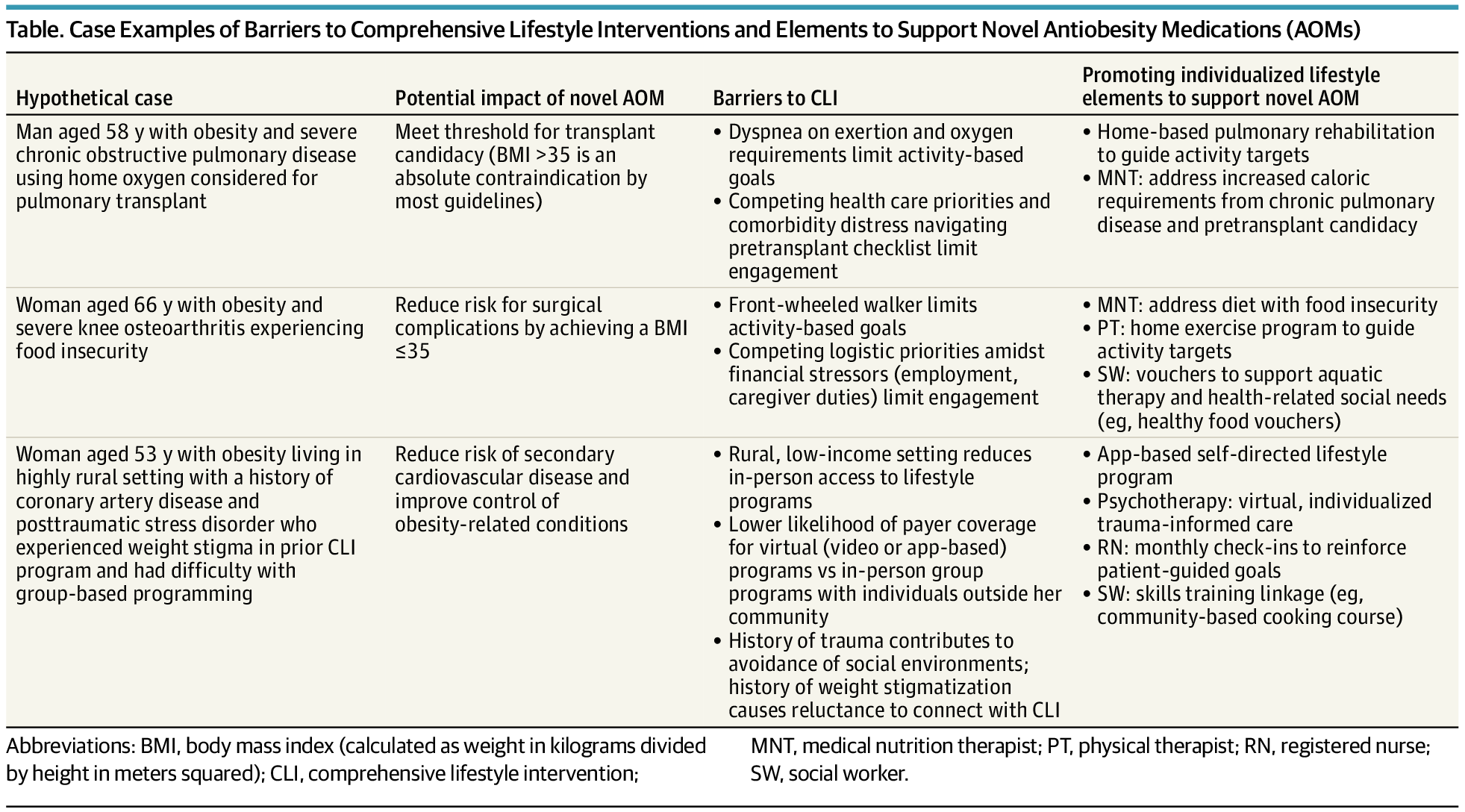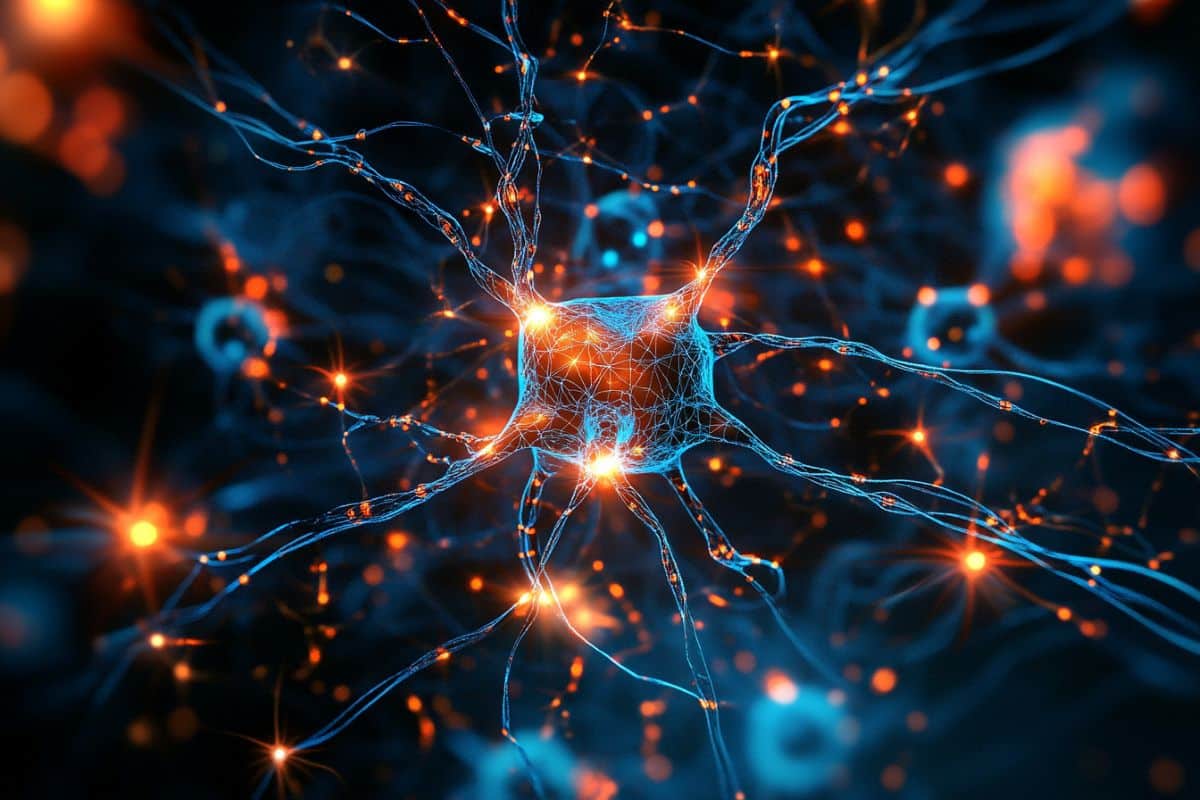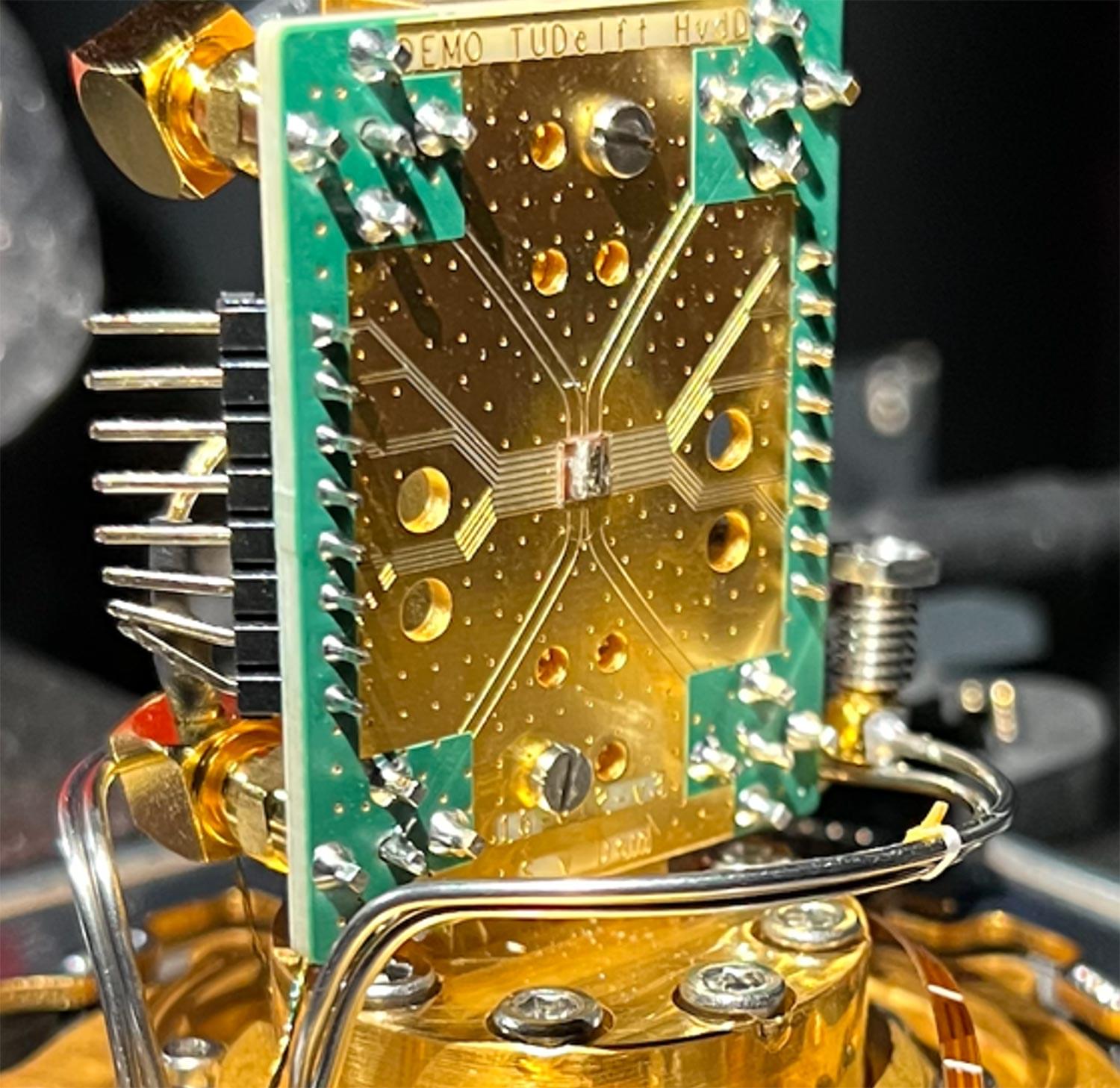Mohammad HaniefNASA astronauts Butch Wilmore and Sunita Williams safely returned to Earth on March 19 after spending over nine months in space due to delays in the Boeing Starliner Crew Flight Test (CFT) mission. Their SpaceX Crew Dragon capsule, Fre
Unveiling the first green solar cell ever In photovoltaics, a new age has begun. Scientists just created green solar cells—and other unique colours
Explore the fascinating intersection of resistance, permanence, and future technology with renowned OmniFuturist and author Allen Crowley. In this thought-pr…
A popular hypothesis for how the brain clears molecular waste, which may help explain why sleep feels refreshing, is a subject of debate.
This Viewpoint discusses how prerequisite comprehensive lifestyle interventions for novel antiobesity medications may disproportionately impact patients at highest risk of obesity-related complications and perpetuate disparities in care.
Researchers have developed a new kind of artificial neuron—called infomorphic neurons—that can independently learn and self-organize with nearby neurons, mimicking the decentralized learning of biological brains.
The Great Pyramid of Giza has mystified historians, archaeologists, and engineers for centuries. From its precision alignment with astronomical bodies to its geometric perfection, every aspect seems meticulously engineered for purposes beyond mere burial or symbolic display. But what if the purpose was far more profound — and fundamentally quantum?
Scientists at QuTech have achieved a major milestone in quantum computing by creating highly precise quantum gates on a diamond chip, hitting error rates as low as 0.001%. By using ultra-pure diamonds and advanced gate designs, the team overcame key challenges that have limited previous approache
